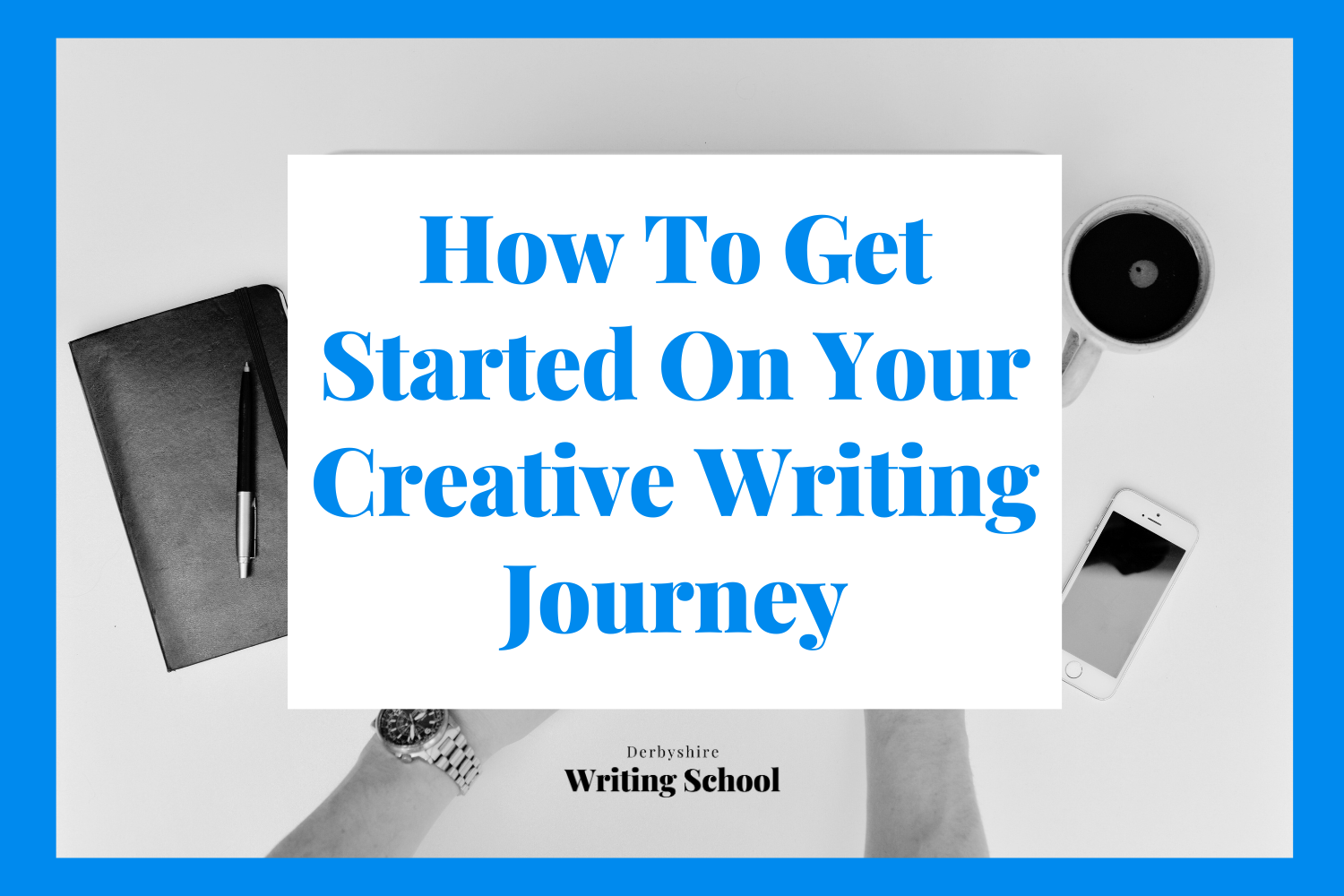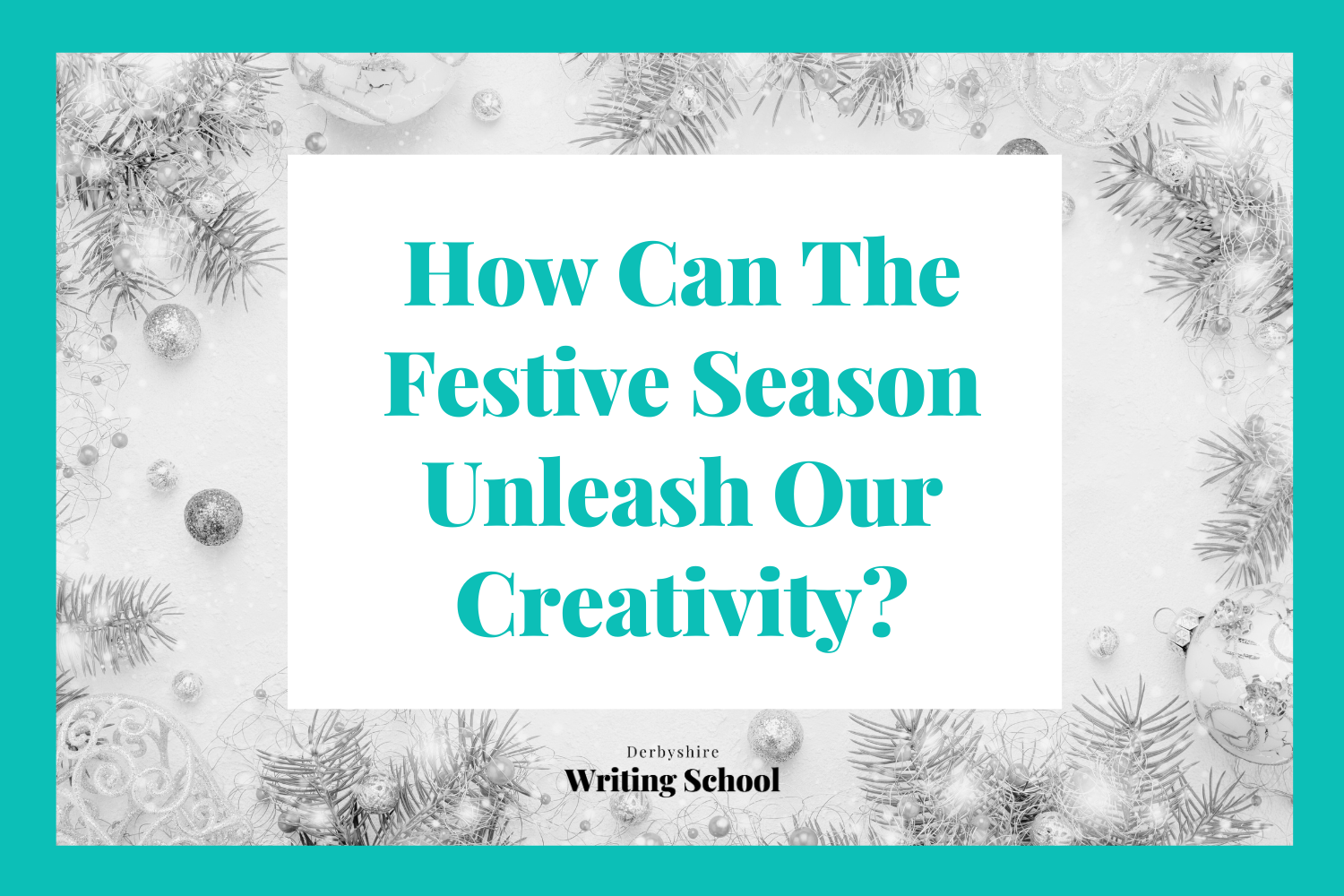Here’s Why Narrative Voice Is Hugely Important To Our Stories
Who’s telling your story?
We know our writer’s voice is undoubtedly important. But there’s another voice that plays a key role too. As Amanda Boulter says, ‘we need to find the story’s voice.’
One of the most crucial parts of our stories is the narrative voice. In fact, the world of our story is projected through the voice we choose. But what is narrative voice and why is it so important?
Narrative voice is the perspective your story is told from. It’s the eyes your reader sees the story through.
This could be through a character’s eyes, or it could be a narrator telling the story.
Sometimes the narrative voice can be referred to as ‘POV’ (point of view) and often it can be a very confusing and complicated part of the writing process. However, it doesn’t have to be. There are different types of narrative voice and we explore them more in this post.
It’s important to remember, the voice you choose will affect the story you tell. That’s why voice is a vital element in writing.
How do you decide which narrative voice to use?
Each narrative voice offers something different, and it’s important to take time to explore which one will work best for your story.
When deciding on which narrative voice to use, there are plenty of things to consider. How much do you want your narrator to know about the other characters, for example? How perceptive do you want them to be? How close do you want the reader to feel to the characters? Is the narrator to be trusted? How does the narrator show us the world of the story?
Through narrative voice, we reveal a lot about character. As we discussed in the podcast episode 8, What Is The Best Writing Advice You Have Received? - ‘Voice has such a tremendous impact on our writing.’ Voice is a huge indicator of personality in our stories, and it helps determine how the reader feels, it’s something we need to be very conscious about.
The most important thing to remember about narrative voice is to maintain consistency throughout the story. Jumping from one point of view to another (from one voice to another), without warning the reader can feel jarring and confusing.
Jerome Stern offers some great advice on this in Making Shapely Fiction. He explains how ‘reading your story aloud is a fine way of testing your control of the voice.’ It helps us to check the consistency of our work and identify areas where the voice may fall flat.
Who’s telling your story?
There’s plenty of choice when it comes to narrative voice. Let’s explore some of our options:
First-Person
When we think of the first-person, we think of closeness and immersion with a character. With this voice, we inhabit our character’s mind.
It’s a great way of drawing the reader into your character. There’s an air of intimacy and proximity involved, as we’re given access to their thoughts and feelings. The reader is almost put in the position of a trusted friend. There is immediacy with this voice too, we are often seeing things as the character does.
The key to this voice is to make sure you really know the character you’re speaking through. When portraying them to the reader, we want them to feel connected to that character. We want them to keep turning that page. Be as convincing and precise as you can.
Something interesting about the first-person is that it can lead to the development of an unreliable narrator. A narrator who has an obvious bias, or a narrator who tries to bend the details in their favour, can make for a really interesting story.
The first-person narrative can also be a fun journey for readers, as they try to read between the lines of your story and try to grasp the character’s intentions. It’s like being part of a guessing game.
It can also make readers feel like they’re one step ahead, as they become aware of gaps, contradictions or biases within the story being told.
Second-person
This voice seems to be the one most rarely used in fiction. It might not feel as natural as first and third-person, but you can always alter it when you’re rewriting and editing.
With this technique, the reader is transformed into a character and is addressed with the personal pronoun ‘you’. It has the feel of an almost interactive experience.
It’s also a good way of stepping out of our comfort zones. Although we might have our writing habits, it’s always good to challenge ourselves and try something different.
Third-Person
Third-person narration is hugely popular. There are a number of variations within the third-person narrative for us to explore. Let’s take a look:
Third-person limited: Similar to first-person narration, this technique allows you to get inside a character’s mind. As a writer, it can be a useful method for learning about your character. You can explore everything about them, including how they think, and how they view the world. Have fun taking a peek into their mindset.
Third-person objective: This is when there is an external narrator who has no grasp of the character’s motivations or views. They provide a neutral perspective of the story, and they cannot know or access our character’s inner thoughts and feelings. One of the most interesting aspects of this option is that it creates lots of questions for the reader. They have to decipher the characters’ motivations for themselves.
Third-person omniscient: Here, our narrative voice is a god-like figure who sees and knows everything. The reader is put in a kind of privileged position, in that they come to know more than the characters. Although this voice is primarily outside the consciousness of your characters, it can also be used for dipping in and out of different characters’ thoughts.
Which Narrative Voice Will You Choose?
There are positives and limitations for each narrative voice, but as is often at the heart of creative writing, we should embrace experimentation. Different voices will suit different stories. You’ll soon discover which one feels right. Believe in your instincts as the author of your story, be brave and try different options.











